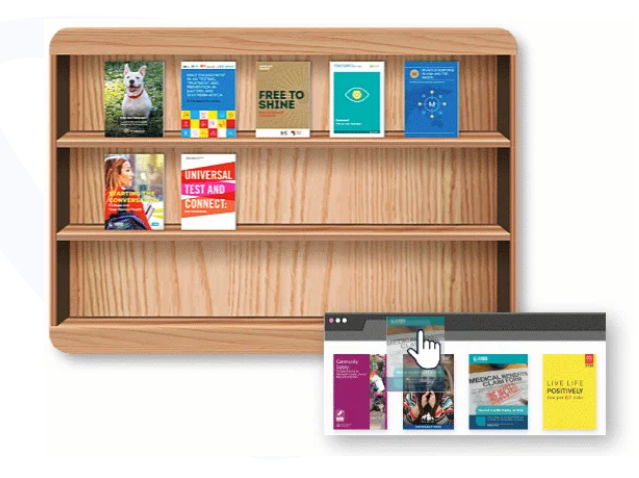Top 5 Tips For Effective Workplace Communication
Building a rapport with everyone involved and clearly communicating the company’s needs and objectives can help it meet and even exceed its objectives: It’s that easy. It will motivate teams to get more active and feel empowered to contribute, in addition to enhancing productivity. When we talk about communicating at work, we’re talking about work. Knowing when and how to communicate well at work can help you avoid misunderstandings, improve team morale, boost collaboration, and build trust.

Photo from @Redd F
What exactly is meant by workplace communication?
Any form of communication you have at work regarding work is considered workplace communication. This covers matters like discussing specific tasks, disseminating project progress updates, and providing managers or staff with feedback. Moreover, communication can take place in person, in writing, via video conferencing, or at a group meeting. Additionally, it can take place asynchronously or in real-time when discussing work via email, recorded video, or a platform like a project management application.
Here are five tips for effective workplace communication:
- Hone your collaborative talents
The foundation of productive teamwork is collaboration. You must put open and honest communication into practice if you want to develop good team collaboration abilities. This does not necessarily imply constant agreement; teamwork also requires the ability to disagree and resolve conflicts.
- Ask when you can in person
Talking face-to-face is presumably the most tried-and-true method of preventing misunderstandings. Speaking via video conferencing also works if your team is remote. If you anticipate a difficult conversation, face-to-face communication is especially crucial. It might be challenging to convey tone in writing, so it’s great if your team member can see your facial expressions and body language.
- Keep an eye on your tone of voice and body language
It’s not just what you say that matters in communication; it’s also how you say it. Make sure you are not acting sternly or crossing your arms. Your body language may frequently have nothing to do with the circumstance; perhaps you are exhausted or under stress from your personal life.
- Ensure you are communicating with the appropriate individual
Both who you’re talking to and what you say matter in effective professional communication. When you communicate to the wrong individuals or try to share knowledge in the incorrect situation, poor communication frequently results. Make sure the appropriate people are in the room or are getting the message to prevent this. Go through an activity to find any significant project stakeholders who might be absent if you are unsure of who that would be.
- Put two-way communication first
In the workplace, listening is just as crucial to communication as talking. Listening to others’ ideas rather than only trying to share your own is a crucial component of working collaboratively with others.
To learn more…
Read from the below books to understand more about tigers and forest conservation!

Comments (0)